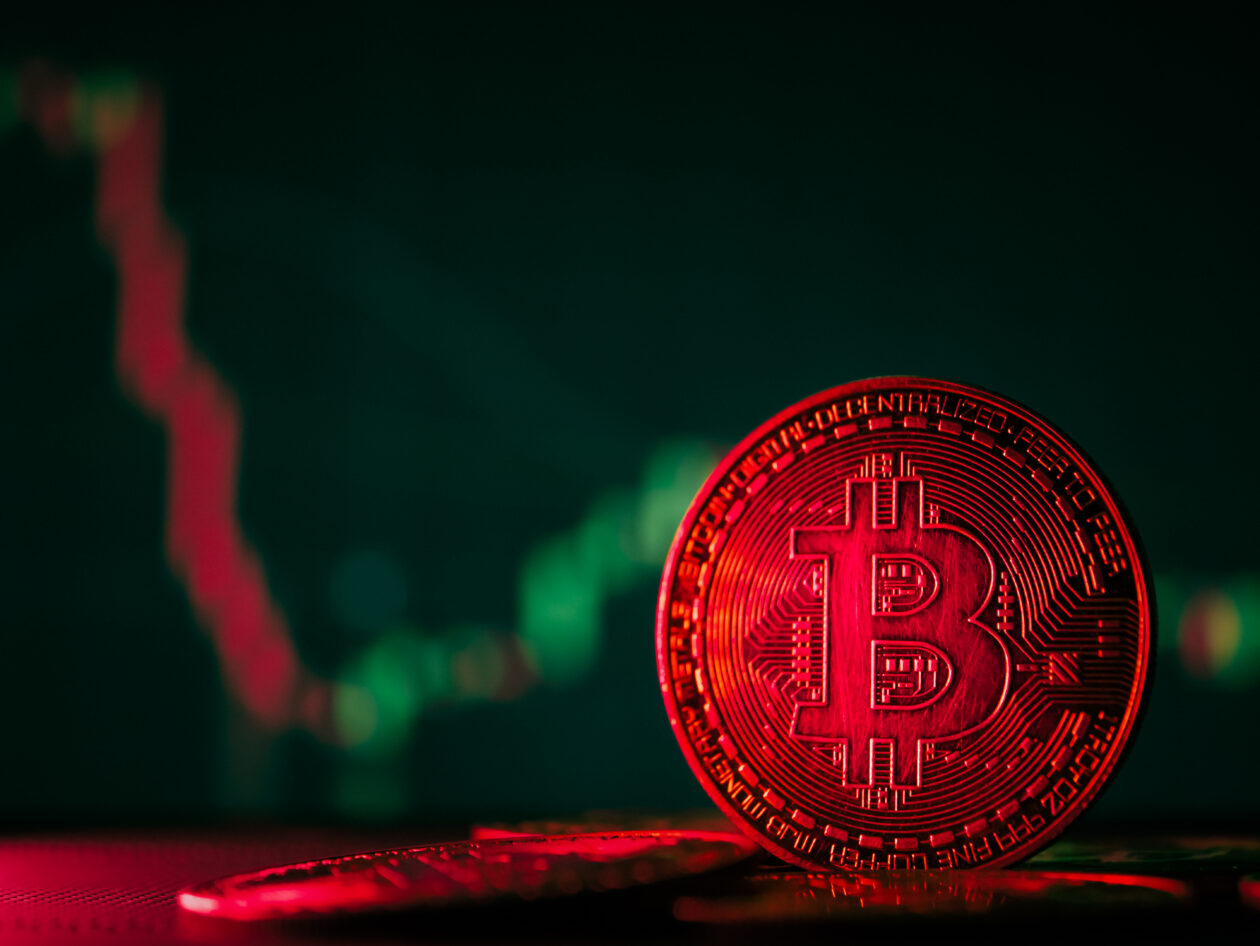Use Crypto to Protect Against Inflation

Inflation is known to destroy the value of people’s savings while reducing their purchasing power. In fact, US dollar inflation is like a tax on everyone in the country. However, there are alternatives to the deteriorating dollar, as investors can use bitcoin (BTC-USD) to hedge against dollar devaluation. I am bullish on bitcoin.
Bitcoin is at its core as much of a rebellion as it is a currency. It is a movement of people who have had enough of incessant government money printing. Even before annual US dollar inflation reached 8% or 9%, investors and savers turned to cryptocurrency as an off-the-grid, non-governmental form of money that was not subject to widespread print-and-use policies.
Today there are many hundreds of cryptocurrencies to choose from, but bitcoin remains the granddaddy of them all. Its market capitalization is unmatched in the world of cryptocurrency, and even people who are not involved in the financial markets have at least heard of bitcoin.
Admittedly, there are concerns about government regulation. After all, the US Federal Reserve may be suspicious of an alternative to US fiat currency. At the same time, there is evidence that US regulators may be willing to give crypto, and therefore bitcoin, a fair shake in 2022.
Bitcoin’s limited supply gives it strength and value
There is a hard limit of 21 million bitcoins. It is all that will ever be created, and this is by design. Bitcoin isn’t exactly rare like a diamond, but it has a purposeful scarcity. There are already 19.1 million bitcoins in circulation. Consequently, there are still only 1.8 million bitcoins that can be mined. Once it is mined, you will likely hear about it in the financial headlines, and bitcoin may see a significant price increase due to its limited supply.
In contrast, ever since the US government broke the link between the dollar and gold in 1971, it has been free to print fiat currency with few restrictions. A good example of this was when the government increased its print-and-spend policy in response to the COVID-19 crisis a couple of years ago.
It may have been a necessary response, but by mid-2022 it will come back to haunt the US economy. The 9.1% consumer price index (CPI) print in June was a real shock, but in hindsight it was almost inevitable due to the oversupply of US dollars.
When the CPI reading for July came in at 8.5%, some analysts crowed about “peak inflation” and the stock market marched higher. However, the reality on Main Street has not changed much, if at all, as the prices of energy, housing and essential goods remain sky high for many Americans.
The inflation problem also makes it more difficult for Americans to save effectively for retirement or an emergency. If the value of their currency is depreciating at 8% or 9% per year, their dollar won’t have much value left after a while.
Don’t worry about Bitcoin’s price volatility
Now, some skeptics will complain that bitcoin is a volatile asset. There is no denying this, as the bitcoin price dropped from around $69,000 to $23,000 over the past year. When this happens, it is sometimes called a crypto winter. But remember that winter is a season, and all seasons pass. So you don’t have to lose sleep over bitcoin volatility.
If you’re still concerned, look to history for perspective. Bitcoin has gone through crashes recently, which was harrowing at the time. From the end of 2017 to the end of 2020, bitcoin fell from around $20,000 to $3,200. However, it eventually recovered, going much higher than $20,000.

It was also the six-month period from April to October 2021 when bitcoin fell from $63,000 to $29,000. Again, surviving this was primarily a matter of faith and patience. The same can be said about the current crypto winter.
Even the Federal Reserve seems to support Crypto and Bitcoin
To be honest, regulators and central bankers have not been quick to catch on to the benefits of cryptocurrency and the blockchain. They have been hesitant, skeptical and sometimes hostile to the crypto movement. You’d think that by 2022, US regulators should have approved a number of bitcoin ETFs. However, this just hasn’t happened because governments can be slow to adopt, or even understand, new ideas sometimes.
Still, there may be a reversal among US central banks as they appear to be taking baby steps in adopting and even embracing cryptocurrency. In a statement that would have been unthinkable just a few years ago, the US central bank acknowledged: “The emerging crypto-asset sector presents potential opportunities for banking organizations, their customers and the overall financial system.”
Along with the Federal Reserve stated: “Regulatory banking organizations should have adequate systems and controls in place to conduct crypto-asset-related activities in a safe and sound manner prior to commencing such activities.” In other words, America’s major banks should be ready to safely adopt cryptocurrency now.
Admittedly, the Federal Reserve’s press release did not specifically mention bitcoin. However, it is easy to imagine that the central bank had bitcoin in mind since it is by far the most popular cryptocurrency. It is also worth noting that the Federal Reserve warned about the risks associated with crypto-related activities. Still, the central bank appears to be extending an olive branch to the crypto community, and it’s definitely bullish for bitcoin.
Conclusion: Should You Consider Bitcoin?
If you are frustrated by high dollar inflation, there is something you can do about it. You can choose to invest in bitcoin knowing that it is a pre-established, limited supply. Also, if a crypto winter happens, it is not the time to panic sell bitcoin. Whether or not regulators learn to love crypto, you can look to history as a guide and know that bitcoin, despite its volatility, has managed to recover time and time again.
Mediation

























